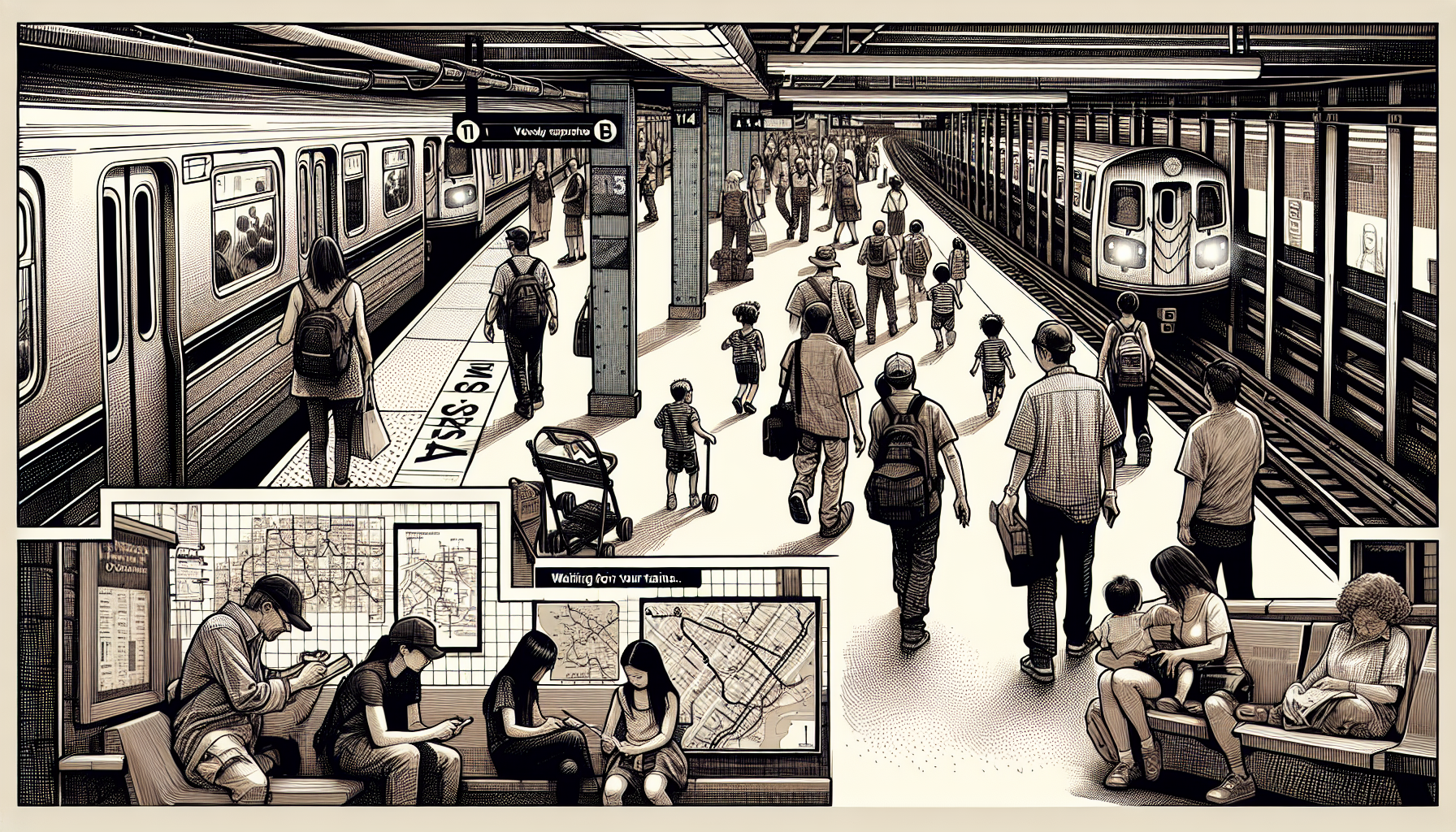Subways, also known as metro systems or undergrounds, are having a significant moment in the realm of urban mobility.
They have been around for well over a century, with the first subway system commissioned in London in the 1860s. Despite their vintage origins, subways are proving to be a remarkably future-ready solution to the burgeoning challenges of urban transportation.
The first point of relevance is the impressive capacity of a subway system.

With the ability to transport thousands of people per hour, it surpasses other forms of public transportation in terms of sheer volume. The inherent design of subway systems lets them operate independent of surface-level traffic, ensuring punctuality and reliability that few other modes can match.
Furthermore, in the era of sustainable living and green initiatives, subways are emerging as a highly sustainable mode of transport. With most subway systems being electrified, they offer a near-zero emission mode of transportation, contributing significantly to reducing the carbon footprint of cities. Additionally, by providing an efficient alternative to private vehicles, they help curb surface-level congestion, further minimizing environmental pollution.
Technological advancements have also been playing a crucial role in enhancing the functionality of subway systems.
From contactless ticketing systems to predictive maintenance and real-time service updates, technology is making subway travel more user-friendly and efficient. Innovations like driverless trains and advanced safety systems are not only improving the overall efficiency but also substantially enhancing the safety of subway operations.
One of the recent developments in the realm of subway systems is the incorporation of smart city concepts.
The integration of subway systems with other modes of public transport, the implementation of data analytics for crowd management, and the use of mobile apps for seamless navigation and ticketing are some of the ways subways are becoming an integral part of the smart city infrastructure.
Furthermore, the design and architecture of subway stations are being viewed as an opportunity to enhance the aesthetic appeal of cities. Some subway stations around the world are being transformed into art spaces, showcasing everything from murals and sculptures to digital installations, making the journey not just a commute, but also a cultural experience.
The resurgence of subways as a preferred mode of urban transportation is an encouraging trend and showcases the value in revisiting tried and tested solutions in the face of modern challenges. It is a testament to the remarkable adaptability of subways that they have managed to stay relevant through the years and continue to play a pivotal role in shaping the future of urban mobility.
While challenges like high initial investment and long construction periods persist, the long-term benefits of subway systems far outweigh these obstacles. As we move forward, it will be exciting to see how the relationship between subway systems and urban mobility continues to evolve, potentially redefining the way we perceive and interact with our cities.
Leave a Reply